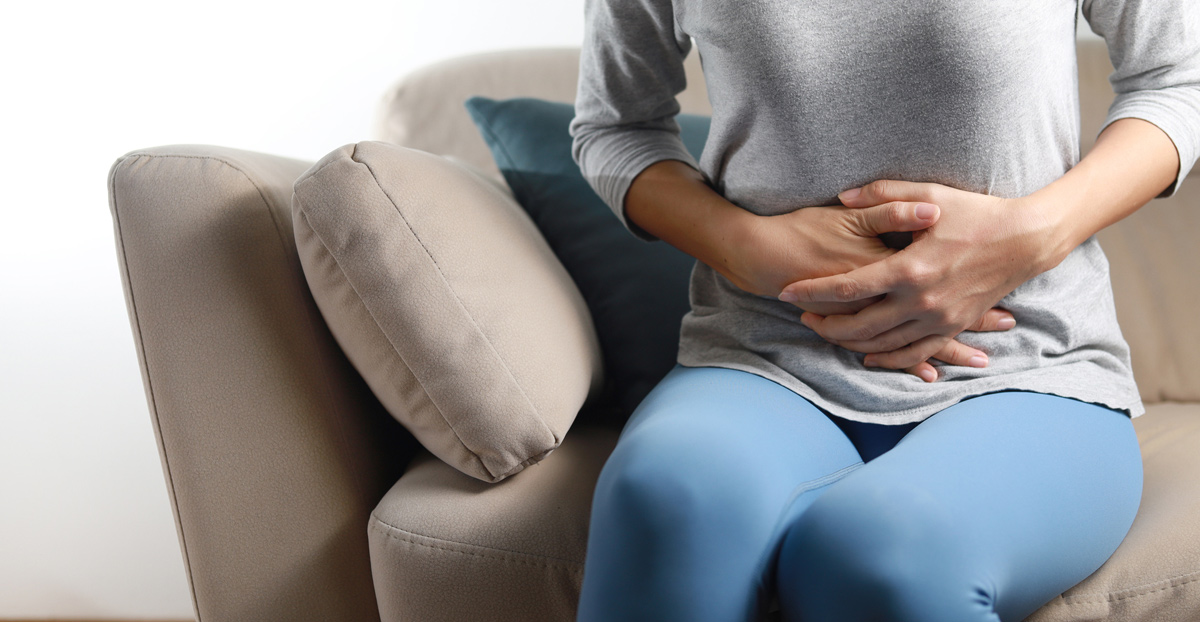

Urinary incontinence (UI) is the accidental loss of urine. Patients experiencing urinary incontinence have an issue with their lower urinary tract. Voiding dysfunction is the broad term used to refer to urinary pathology affecting urine storage and elimination.
The Two Types of Urinary Incontinence
Stress urinary incontinence (SUI) is caused by failure of the urethral sphincter and bladder neck, increasing abdominal pressure and overriding the body’s natural resistance, leading to leakage.
Urgency urinary incontinence (UUI) occurs as a result of uninhibited bladder contractions that cannot be suppressed. Individuals diagnosed with mixed urinary incontinence have both SUI and UUI.

Risk Factors for Urinary Incontinence
Factors associated with urinary incontinence include:
- Pelvic surgery
- Radiation therapy
- Enlarged prostate
- Prostate cancer treatment
- Cerebrovascular accidents
- Spinal cord disease
- Multiple sclerosis
- Parkinson’s disease
- Pelvic organ prolapse
Causes of Urinary Incontinence
The following causes may lead to urinary incontinence:
- Urinary tract infection (UTI)
- Delirium/state of confusion
- Atrophic urethritis/vaginitis
- Pharmaceuticals
- Psychological disorders
- Excess urine output
- Restricted mobility
- Stool impaction/constipation
Diagnosing & Evaluating Urinary Incontinence
Elderly male patients experiencing urinary incontinence will undergo a thorough genitourinary exam, including a digital rectal exam (DRE) to assess prostate size, and look for overt abnormalities, stool burden, and sphincter tone. The physician will also perform a focused neurological assessment.
Urinalysis will be done to screen for urinary tract infection, hematuria, and the presence of glucose. A postvoid residual (PVR) and a complete multichannel urodynamics (UDS) study may be done to assess bladder outlet obstruction, detrusor underactivity, and altered bladder compliance.
Elderly female patients experiencing urinary incontinence will need to talk to their doctor about their medical history and conditions or circumstances that may be impacting continence. The patient’s obstetric and gynecologic history will also be reviewed. For example, women who have undergone prolonged labor, multiparity, or forceps-assisted delivery may be at increased risk of pelvic floor disorders such as SUI or pelvic organ prolapse (POP).
The patient’s physician will perform a pelvic examination to check for atrophic changes, POP, or SUI. A urinalysis will also be done. UDS may be necessary in cases involving neurogenic VD, diabetes, and previous surgery for POP or UI.
Treatment for Urinary Incontinence
Patients diagnosed with UI and VD can undergo behavioral, physiotherapeutic, pharmacologic, and surgical treatment.
Behavioral modification involves reducing fluid intake, modifying the patient’s diet, and altering voiding habits. This form of treatment is effective for individuals in good cognitive health.
Physiotherapy can include simple exercises, biofeedback, and electrical stimulation. Patients will need to continue performing exercises at home after receiving guided treatment.
Medications such as alpha-blockers, 5-alpha reductase inhibitors, and PDE5-inhibitors may address some underlying causes of UI in men. Both men and women may benefit from bladder-directed therapies.
Advanced therapy for UI is recommended when medical therapy fails due to bothersome side effects, contraindications, prohibitive cost, and lack of efficacy. This can include neuromodulation and onabotulinum toxin A, also known as Botox, injections. Neuromodulation includes posterior tibial nerve stimulation (PTNS) and sacral nerve stimulation (SNS). Botox can be used to treat idiopathic symptoms of overactive bladder and neurogenic lower urinary tract dysfunction.

